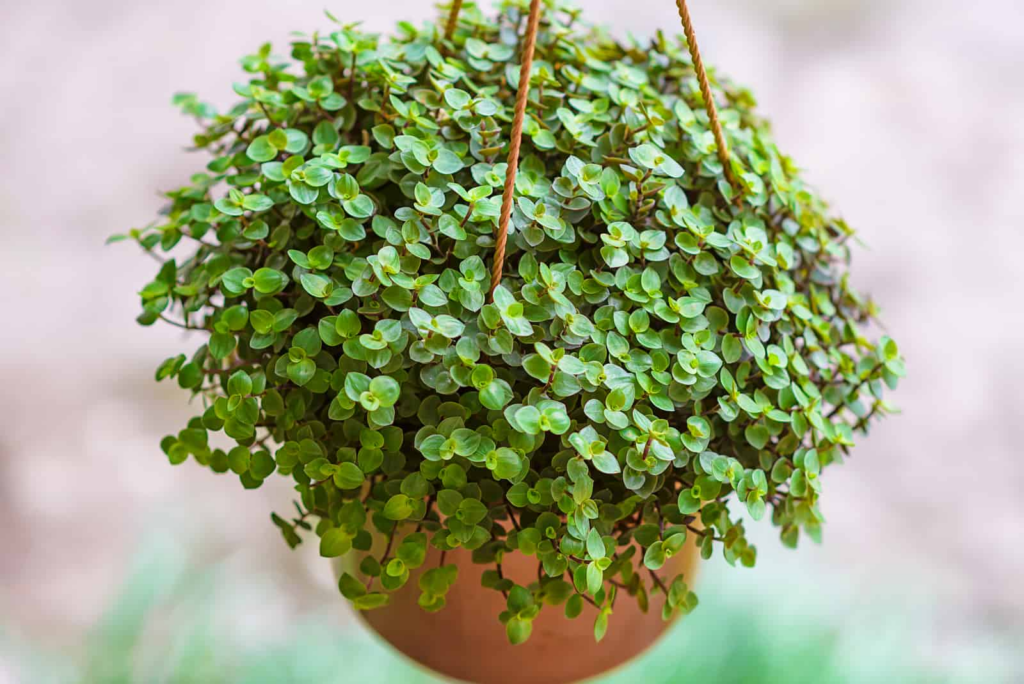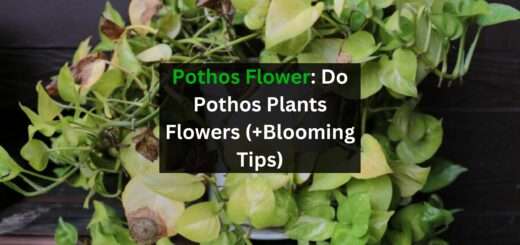How to Grow & Care for Callisia Repens ‘Turtle Vine’ (2024)
Callisia Repens is popularly known as turtle vine, Creeping Inch Plant, or Bolivian Jew which is a fantastic succulent. In order if you are thinking of planting them in your house it is a good choice as Callisia Repens plants are plants that can survive in low maintenance. In this article I have shared my experience with planting Callisia Repens and how you can grow and care for them.
Key takeaways:
- The Callisia Repens belongs to South and Central America and is famous for contrasting and corrugated tiny foliage.
- You can plant Callisia Repens in hanging baskets or window sill.
- Callisia Repens belongs to a fantastic succulent category that comes from the family Commelinaceae.
The below-given table shows some important points that you need to know for growing Callisia Repens ‘Turtle Vine’ that is further explained in more detail below:
Plant details
| Common Name: | Creeping Basketplant, Turtle Vine, Bolivian Jew |
| Scientific Name: | Callisia repens |
| Type: | Low-growing succulent |
| Origin: | Mexico, Central America, South America, and the West Indies |
| Habitat: | Riparian areas, secondary forests, and shrublands in tropical and warm temperate regions |
| Size: | 4 inches (10 cm) tall |
| Toxicity: | Non-toxic to humans and pets |
| Colors: | Bright green leaves |
| Blooms: | Small, white flower clusters |
Grow & Care for Callisia Repens ‘Turtle Vine’
The Callisia Repens ‘Turtle Vine’ plants are easy to care but you need some basic requirements like watering, lighting, etc just to maintain proper plant growth.
Plant Care
| Light: | Bright, indirect light |
| Watering | Medium to high |
| Temperature | 10 to 15 °C (50 to 59 °F) |
| USDA Zone | 10a to 11b |
| Habitat: | Average humidity |
| Size: | acidic (5 to 6 pH) |
| Toxicity: | Apply liquid fertilizer every 10 to 14 days during summer |
| Colors: | Stem cuttings, seeds |
| Blooms: | Every year |
| Pruning | Pinching off of stem tips |
The following are some other points you need to look for growing Callisia Repens ‘Turtle Vine’ in your home.
- Light
- Watering
- Temperature
- Fertilizer
- Potting and repotting
- Pruning.
- Humidity.
- Propagation.
- Soil.
Light:
- The light requirement for growing Callisia Repens ‘Turtle Vine’ is bright but indirect light.
- For planting the plant indoors you need to provide them a good source of light.
- The light can be natural or artificial.
- You can plant the pot in east facing window where the plant can easily get the light.
- For proper light, you can add a sheet curtain for protecting the plants from the light that has strong intensity.
- The plant Callisia Repens ‘Turtle Vine’ is able to tolerate direct light but the light needs to have low intensity.
- Exploring the plant in direct sun will lead to fading colors of the Callisia Repens ‘Turtle Vine’ leaves.

Watering:
- For growing Callisia Repens ‘Turtle Vine’ you need to provide the plant with consistently moist soil.
- The consistency of the soil is able to be maintained by regular watering the plant.
- In case of dehydration, the inner leaves of the plant will shed, turning the tips of the leaf brown.
- The solution for dehydration is placing the pot in the bowl of water so that the plant absorbs the water and maintains the moisture of the soil.
Temperature:
- The temperature you need to maintain for growing Callisia Repens ‘Turtle Vine’ ranges between 10 to 15 °C (50 to 59 °F).
- Basically, the Callisia Repens love to grow in warm temperatures.
- Always avoid the plant from the cold temperature as they dont come under the category of frost hardy.
- During summer you need to take care of really intense heat so that moisture dont get loss in the soil. hence replacing the pot with a cooler location is the better option here.
Air Humidity:
- For growing Callisia Repens an average humidity level does suit them.
- You don’t need any regular misting g unless the environment is too dry and using misting will add extra moisture.
- If you maintain the humidity level of the plant it will help the plant to thrive and flourish.
- Providing the plant with proper humidity will make them lose less water.
- If the plant does not get the proper amount of moisture in the air then there is a high chance of losing more water.

Soil:
- For growing Callisia Repens you need to have a good combination of soil, organic material, draining amendments, etc.
- The soil mix is used for draining excess moisture and does give air circulation.
- Providing a good soil mix will make the roots healthy.
- You should check the pH of the soil which should range from 5 to 6.
Fertilizing:
- Fertilizing the plant is done to make sure that the plant does receive nutrients.
- The fertilizing step can be ignored if at the beginning nutrients are provided by the soil.
- The perfect way of fertilizing the plant is by applying liquid fertilizer in 10 to 14 days and the best time is during summer only.
- During the summer the plant gets active for growing and adding fertilizer will make quicker growth.
Propagation:
- You can propagate Callisia Repens in two ways, one by the asexual method where you need you can use the seeds and the second is by vegetative where you can take the stem cuttings and multiply the plant.
- Out of the two, propagation done with Vegetatively is best.
- For propagation, you can select the health induced by cutting and planting them in a separate pot. But you need to provide the plant with enough water and shaded light unless the roots start coming out.
- After you observe new growth in the plant you can easily transition the plant little by little to get the bright light.
Repotting and potting:
- The repotting of the plant needs to be done frequently as the plant is able to grow very fast.
- Depending upon the growth of the plant you can decide the repoting time usually it can be once a month.
- If you have done the pruning of the plant in a good way then there is no need for repotting but if you see the roots coming out of the pot then it can be asked for the soil and the container replacement.
- You need to trim off the Dead roots so that they won’t damage the whole plant and always remember to use sterilized soil mix for reporting the plant

Pruning:
- In the case of Callisia repens pruning is important as the plant has a creeping habit.
- For pruning in a compact way, you need to pinch off from the tip of the stem.
- Avoid the plantation of dense plants as it will hinder light penetration and air circulation.
- You need to discard all the unhealthy stolons out of the pots so that the healthy plants grow in a good way.

Conclusion:
The Callisia repens plant is able to grow pretty on there own and to grow them you need to invest a little time and some effort. You should make sure of many other things like underwatering and overwatering the plant. the above-given information will give you help with how to grow and care for the plant in different ways.


